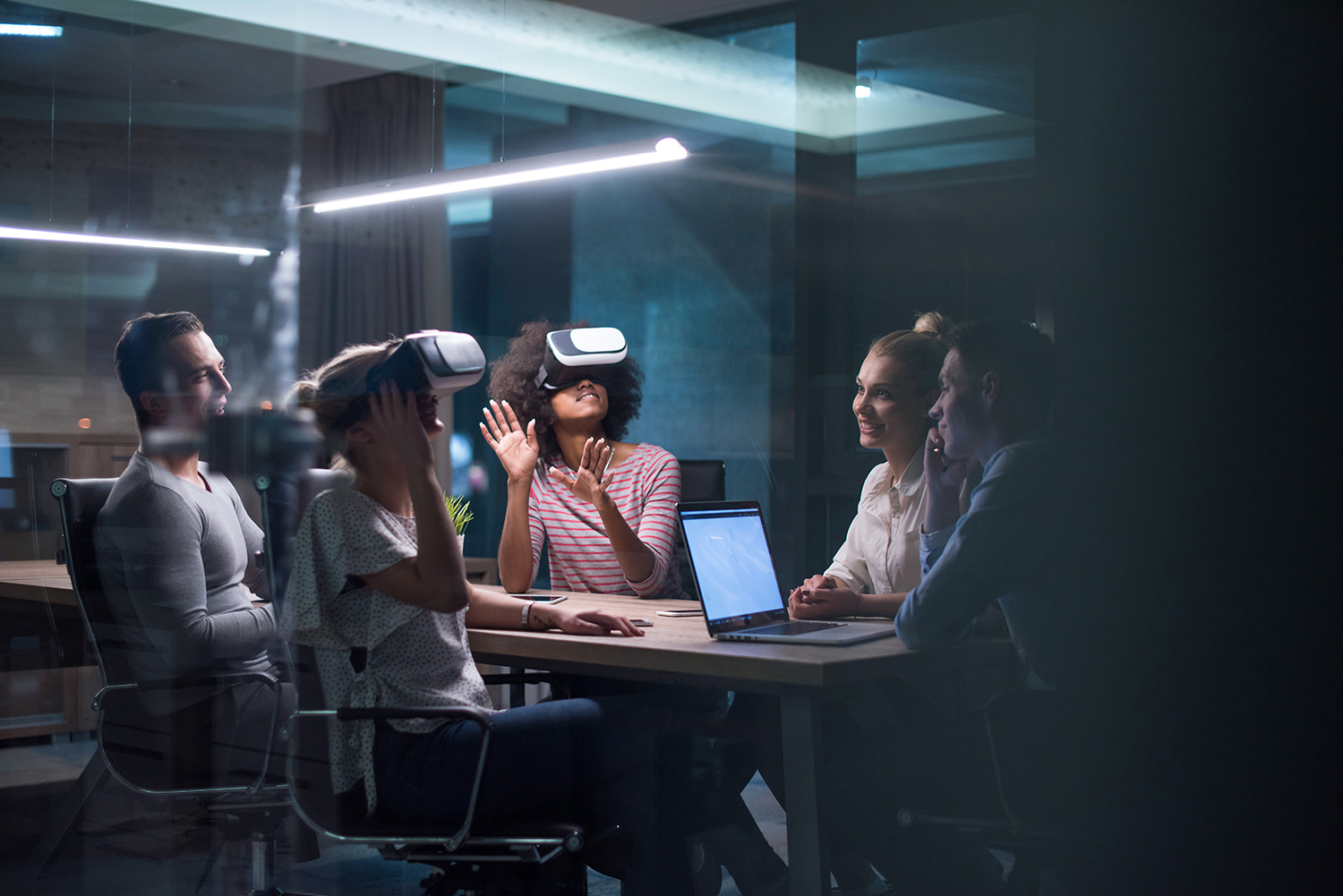Augmented Reality Trends in Education: A Systematic Review of Research and Application
Review
Augmented Reality (AR) has been growing with increasing interest in the last number of years for use in education. Research of its potential uses and advantages are being examined as well as its limitations, effectiveness, limitations, and challenges. The authors reviewed 32 studies published between 2003 and 2013 in 6 indexed journals examining the state of the art in AR education (Bacca, Baldiris, Fabregat, Graf, & Kinshuk, 2014). Their finding indicates that within the literature there exists a variety of definitions for AR as well as VR, and the two-term are intertwined. One school of thought on AR sees it as supplementing the real-world object with virtual object superimposing information. The other, see AR as interjecting three-dimensional object into the real-world environment. After a complete review using a validated methodology of journal selection, the research found that the main advantage of AR is in learning gains, motivation, interaction, and collaboration (Bacca, Baldiris, Fabregat, Graf, & Kinshuk, 2014). Their review also determined that little research has been done with consideration to special needs students and suggests further research. Disadvantages and limitations were found in the technical difficulties of maintaining superimposed information, too much attention of VR rather than the subject matter, and a perspective that AR is an intrusive technology.

Abstract
In recent years, there has been an increasing interest in applying Augmented Reality (AR) to create unique educational settings. So far, however, there is a lack of review studies with focus on investigating factors such as: the uses, advantages, limitations, effectiveness, challenges and features of augmented reality in educational settings. Personalization for promoting an inclusive learning using AR is also a growing area of interest. This paper reports a systematic review of literature on augmented reality in educational settings considering the factors mentioned before. In total, 32 studies published between 2003 and 2013 in 6 indexed journals were analyzed. The main findings from this review provide the current state of the art on research in AR in education. Furthermore, the paper discusses trends and the vision towards the future and opportunities for further research in augmented reality for educational settings.
Bacca, J., Baldiris, S., Fabregat, R., Graf, S., & Kinshuk. (2014). Augmented reality trends in education: A systematic review of research and applicaitons. The Journal of Education Technology & Society, 17(4), 133-139.
